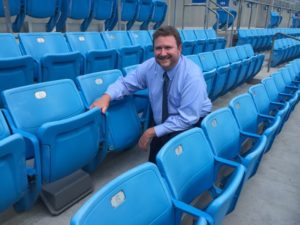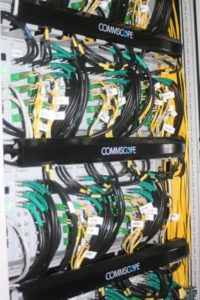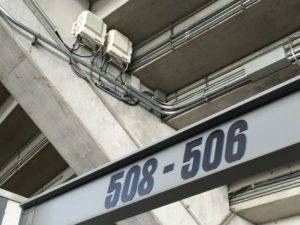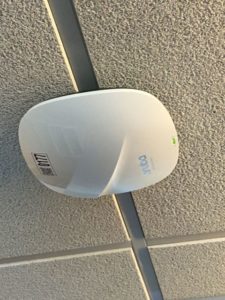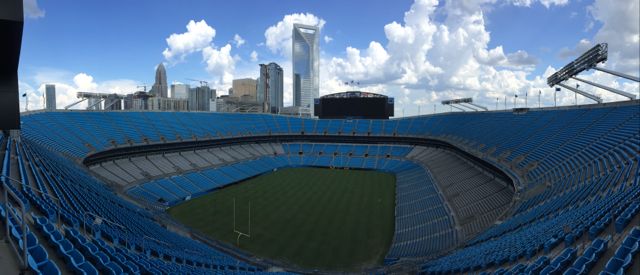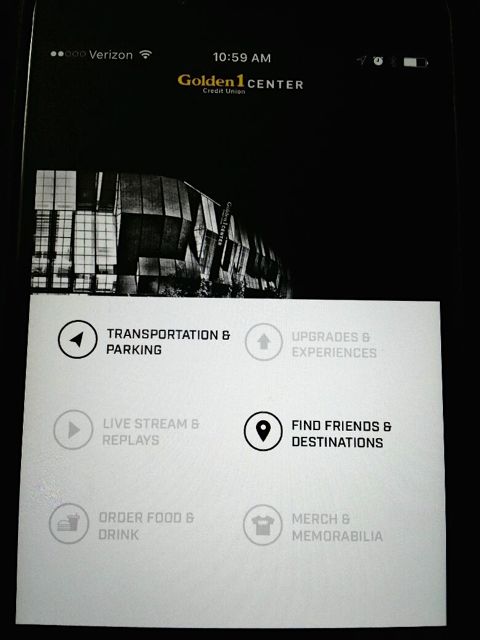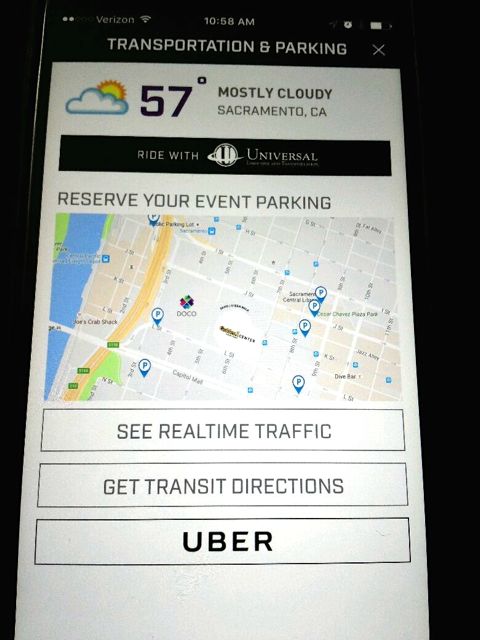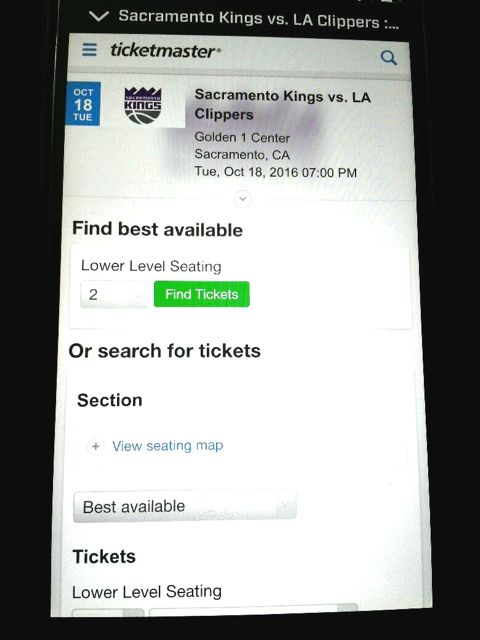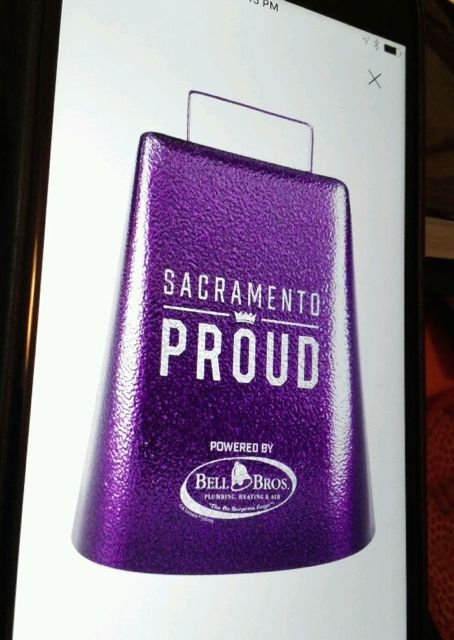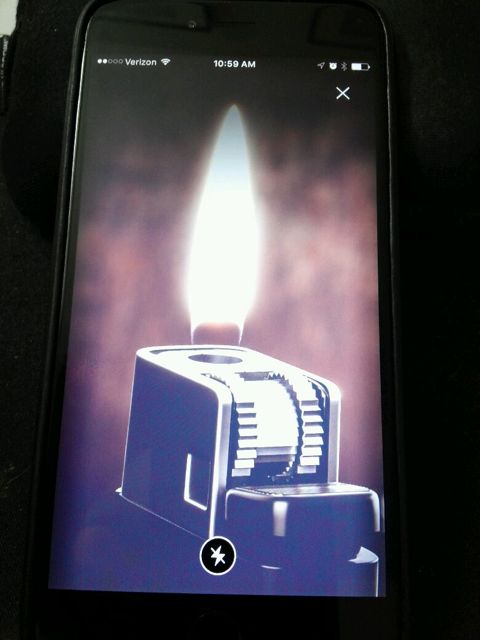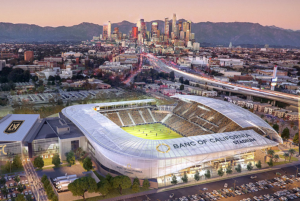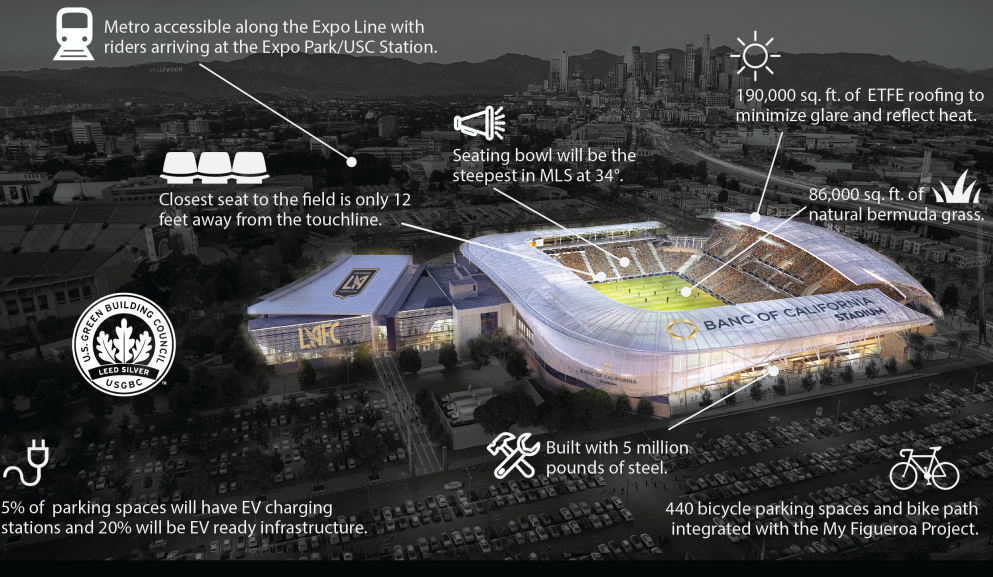Hear Bill talk about:
— New Wi-Fi records set… during the Warriors’ playoff run
— Why going under-seat with Wi-Fi was a necessary thing to do
— How the Giants are experimenting with virtual reality
— Why he thinks great connectivity matters most (even more than stadium-app features)
Some story links that offer some history about AT&T Park’s networks from MSR:
S.F. Giants add more Wi-Fi, ‘virtual reality experience’ to AT&T Park for 2016 season
SF Giants fans used 78.2 TB of Wi-Fi data at AT&T Park during 2015 season
Stadium Tech Report: World Series set new wireless records at AT&T Park
Stadium Tech Report: San Francisco’s AT&T Park lives up to its wireless reputation
Giants: NLCS stadium Wi-Fi usage at AT&T Park quadrupled since 2012
SUBSCRIBE TO THE PODCAST:

